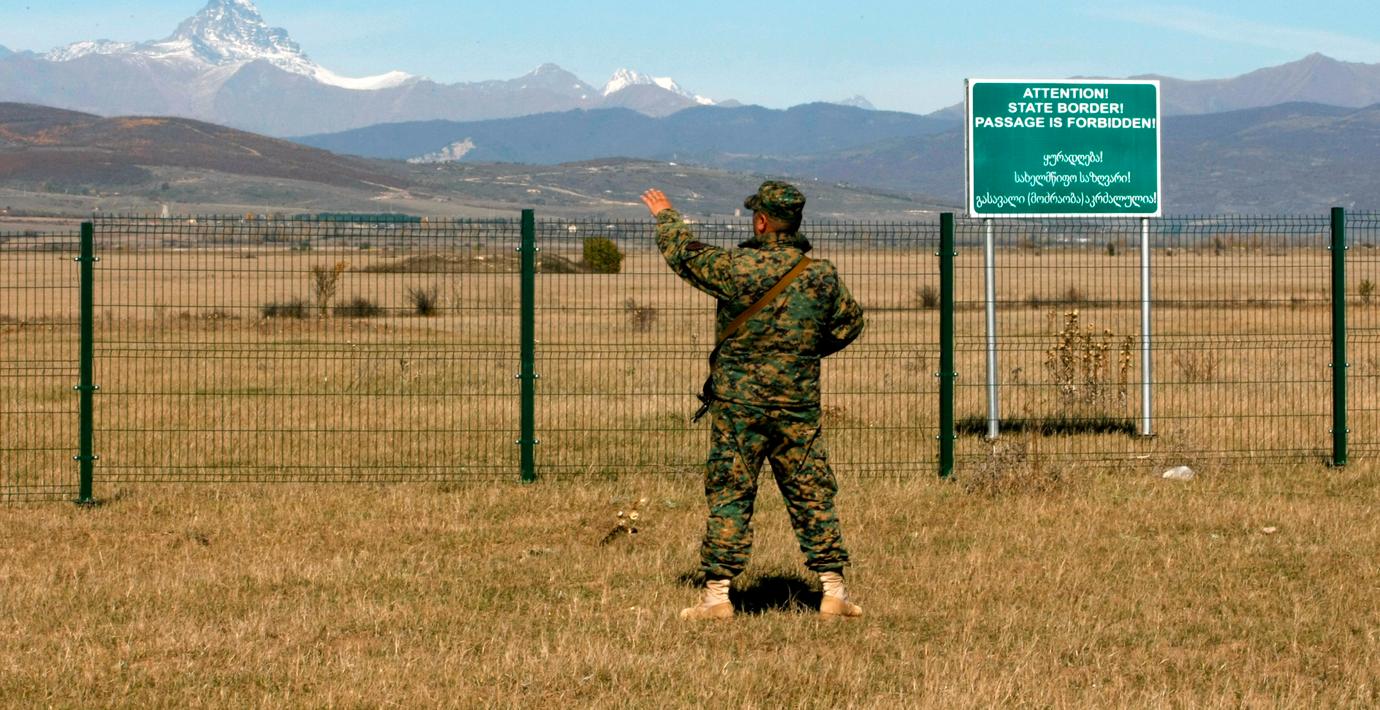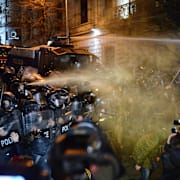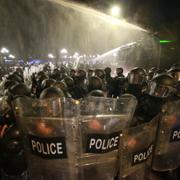Wikipedia (en)
South Ossetia ( o-SET-ee-ə, less common: o-SEE-shə), officially the Republic of South Ossetia or the State of Alania is a partially recognised landlocked state in the South Caucasus. It has an officially stated population of just over 56,500 people (2022), who live in an area of 3,900 square kilometres (1,500 sq mi), with 33,000 living in the capital city, Tskhinvali.
As of 2023, only five members of the United Nations (UN) – Russia, Venezuela, Nicaragua, Nauru, and Syria – recognise South Ossetia as a sovereign state. The Georgian government and all other UN member states regard South Ossetia as sovereign territory of Georgia occupied by Russia.The political status of South Ossetia is a central issue of the Georgian–Ossetian conflict and Georgia–Russia relations. The Georgian constitution designates the area as "the former autonomous district of South Ossetia", in reference to the South Ossetian Autonomous Oblast disbanded in 1990. The Georgian government informally refers to the area as the Tskhinvali region and considers it a part of Georgia's Shida Kartli region. Lacking effective control over the territory, Georgia maintains an administrative body called Provisional Administration of South Ossetia.
The South Ossetian Autonomous Oblast, established by Soviet authorities in 1922, declared independence from the Georgian Soviet Socialist Republic in 1991. The Georgian government responded by abolishing South Ossetia's autonomy and trying to re-establish its control over the region by force. The escalating crisis led to the 1991–1992 South Ossetia War. Georgians have fought against South Ossetians on two other occasions: in 2004 and in 2008. The latter conflict led to the Russo-Georgian War of August 2008, during which Ossetian and Russian forces gained full de facto control of the territory of the former South Ossetian Autonomous Oblast. Since the 2008 war, Georgia and a significant part of the international community have regarded South Ossetia as occupied by the Russian military.
South Ossetia relies heavily on military, political, and financial aid from Russia. Since 2008, the South Ossetian government has expressed their intention of joining the Russian Federation; if successful, this would end its proclaimed independence. The prospect of a referendum on this matter has been raised multiple times in domestic politics, but none have taken place.




